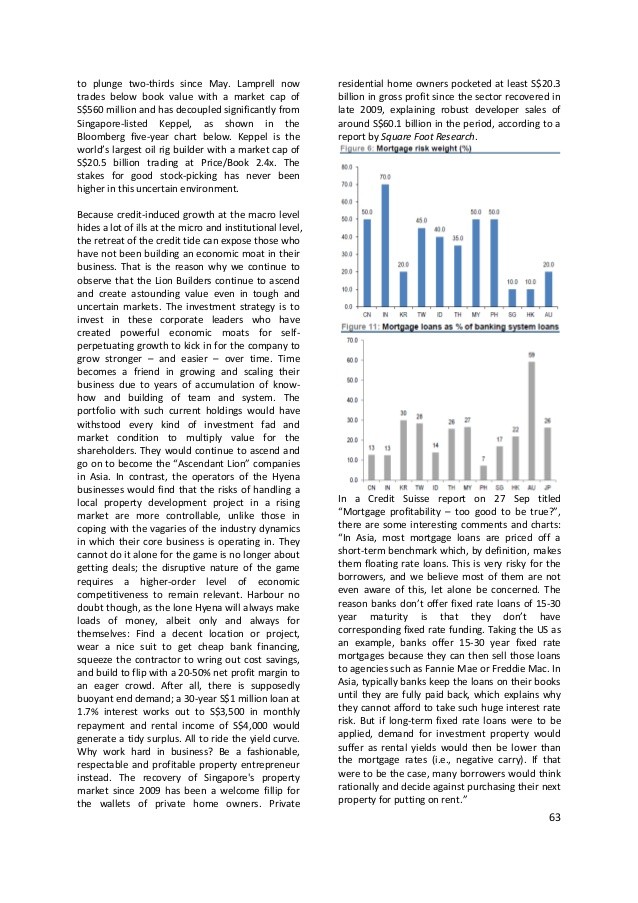SoftDollar Trading Costs Devour Fund Returns John
Post on: 12 Октябрь, 2015 No Comment

Commentary by John F. Wasik — July 30, 2007 00:21 EDT
July 30 (Bloomberg) — Once you pull the curtain away from an actively managed mutual fund, you wont like what you see if you are able to tally total expenses.
The corrosive effects of trading and research-related costs are the equivalent of buying a muscular sports car and finding out you have the performance of a sub-compact engine. These charges are poorly disclosed, yet have a negative effect on fund returns.
For every dollar a fund spends on trading, assets were pared by an average of 41 cents, according to a recent study. Soft dollars, which are excess commissions paid to cover research and other services, also hurt investors.
Not only do these expenses reduce performance, they can also predict lower future returns. All too often, the more that managers trade, the more that fund holders suffer.
The study, titled «Scale Effects in Mutual Fund Performance: The Role of Trading Costs, should be noted by every mutual-fund investor and regulator. It was written by Gregory Kadlec of Virginia Tech University, Roger Edelen of Boston College and Richard Evans of the University of Virginia. The research examined trading costs of 1,706 funds in existence from 1995 to 2005.
Calling the study «brilliant, William Bernstein, an investment adviser with Efficient Frontier Advisors LLC in Eastford, Connecticut, said «its ludicrous that the average investor has no knowledge of transactional costs.
Trading Costs
How much trading costs curtailed returns depended upon the size of the stocks traded. Large-company funds averaged 0.77 percent annually on transactions. Small-firm managers averaged 2.85 percent.
The study also found a relationship between the size of the trade and returns.
«For funds with relatively small average trade size, trading is positively related to fund returns, the researchers found, noting that large transactions were negatively linked to performance.
«This suggests that scale effects in trading, rather than other factors in fund management, are the primary cause of diminishing returns to scale in the mutual fund industry.
Part of the reason for cost-inefficient trading may have to do with the nature of the open-ended mutual fund. With money constantly flowing in and out for contributions and redemptions, managers must buy or sell accordingly.
Earlier research by Edelen estimates that flow-related issues may account for 30 percent of fund trades.
Soft Dollars
Kadlec and his colleagues scoured fund documents such as statements of additional information, required yet arcane filings that are difficult to understand, even for experts.
In addition to trading costs, they also wanted to know how much soft-dollar deals affect total returns. A typical arrangement would cover the cost of research in exchange for trading through the broker who offers the transaction. The commissions typically are higher than average and are passed along to investors.
Soft dollars also proved detrimental to fund holders. «Managers appear to act on a soft-dollar induced agency motive for trading beyond the point of cost recovery. In other words, these trades didnt add value to a fund portfolio.
Investors are confounded if they want to know how much trading and soft dollars cost because those items arent included in expense ratios, which cover all other management expenditures.
100 Percent Rate
One way of getting a snapshot of transaction expenses is to look at turnover, which is the amount of trading expressed as an annual percentage of fund assets. A turnover rate of 100 percent tells you that the value of the entire portfolio was traded in a year. Heavily traded funds generally pass along higher brokerage expenses to investors, although turnover only gives you part of the total-cost picture.
Its essential to know how much these costs are clipping returns because over time the impaired performance is severe.
While taking on 34 percent more risk, the highest-expense funds only delivered a return that was about half as much as the most-expensive funds from 1995 to 2005, according to John Bogle in his latest book «The Little Book of Common Sense Investing.
In dollars, the cost-related drag can be measured and it stings. Say you had $100,000 in a stock fund returning 10 percent, with 1 percent in annual expenses over 20 years. With additional yearly trading costs of 0.4 percent, your total investment over that time would be reduced by about $43,000 if you figure in foregone earnings and reduced return.
Finding Reliable Information
The U.S. Securities and Exchange Commission has been exploring better methods of disclosing fund expenses for years, but has yet to come up with an understandable way of telling investors how much their performance is being diminished. Now is the time to disclose all costs and their harmful effects.
In the meantime, you can ask your fund manager to lay out all trading and soft-dollar charges and tell you how much your return is being pinched.
Should you hit a brick wall on these uncomfortable questions with your fund company — and I predict you will — its time to consider passive investments such as index and exchange-traded funds.
These portfolios have almost no trading and soft-dollar costs. What you see is what you get and the real performance is no mystery.
(John F. Wasik. author of «The Merchant of Power, is a Bloomberg News columnist. The opinions expressed are his own. To comment on this column, click
To contact the writer of this column: John F. Wasik in Chicago at jwasik@bloomberg.net.
To contact the editor responsible for this column: James Greiff at jgreiff@bloomberg.net.














